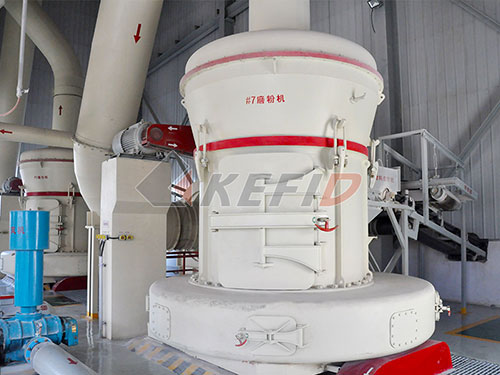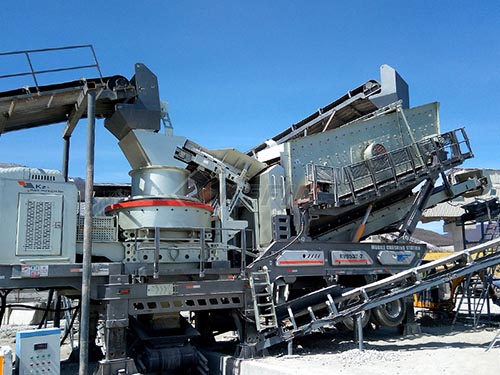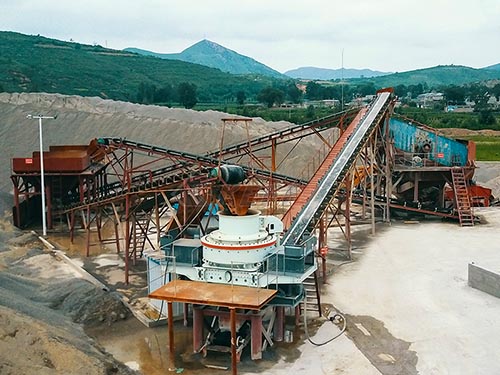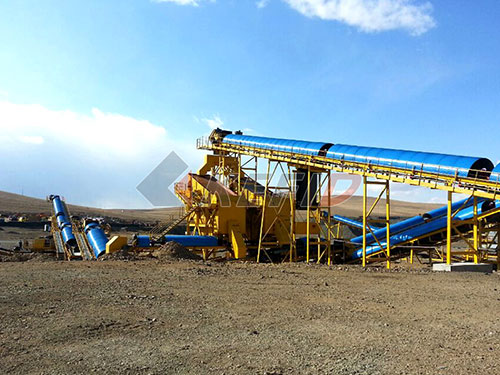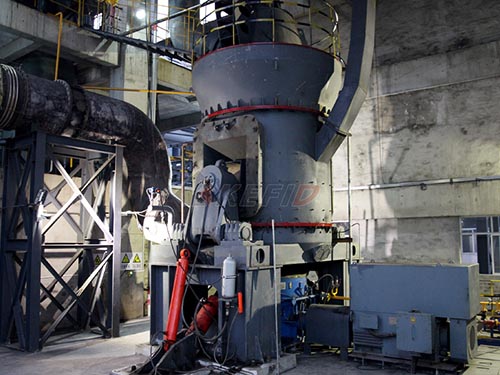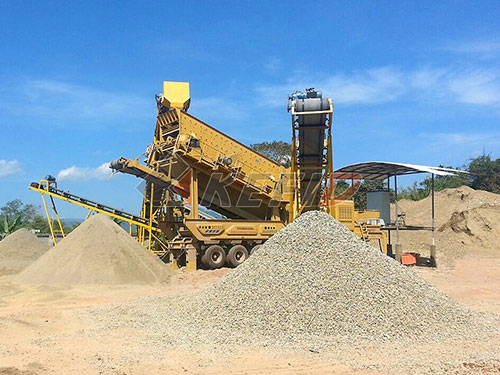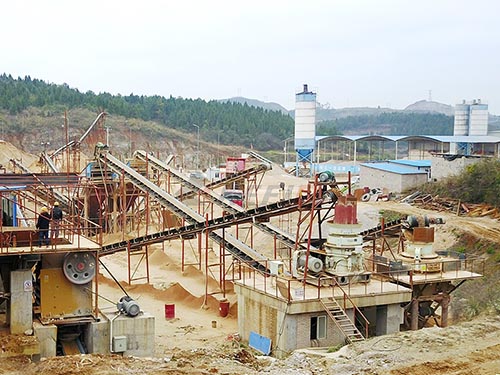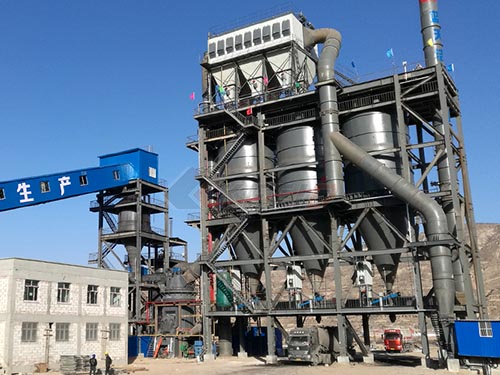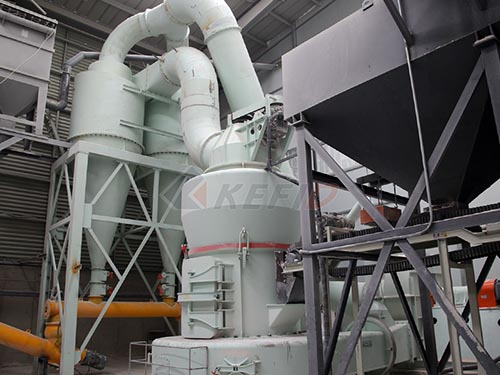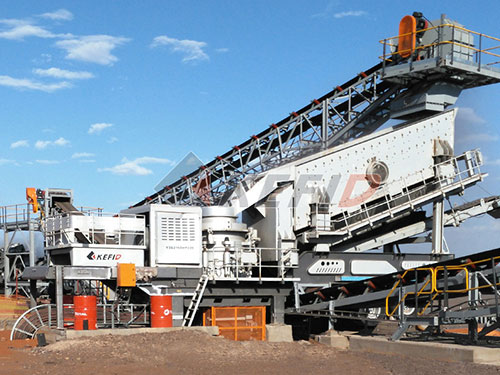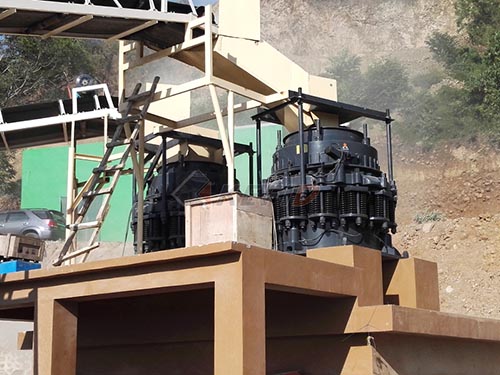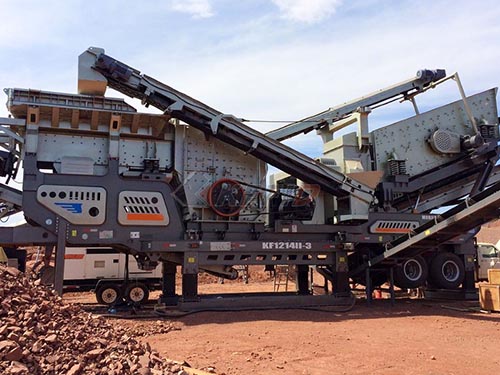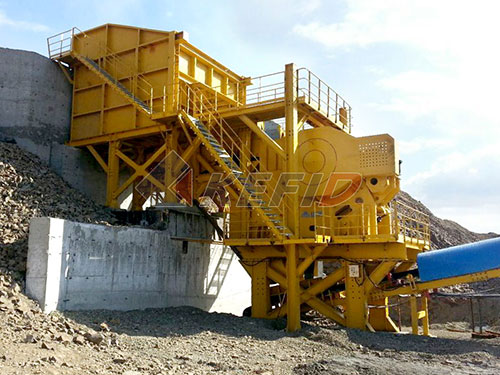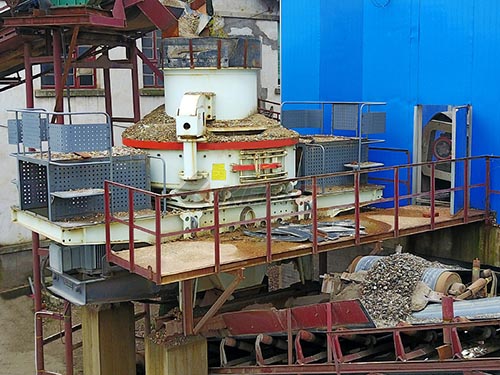The Powerhouse Players: Jaw Crusher Manufacturers Driving Qatar’s Industrial Ambition
Qatar’s skyline is a testament to rapid transformation – iconic stadiums gleaming under the desert sun, sprawling new urban developments, and critical infrastructure projects weaving across the landscape. Beneath this visible progress lies a fundamental industrial engine: robust mineral processing powered by essential equipment like jaw crushers. For manufacturers supplying these primary crushing workhorses to Qatar, the market represents a unique blend of demanding applications and significant opportunity.
The Qatari Crucible: Why Jaw Crushers Matter
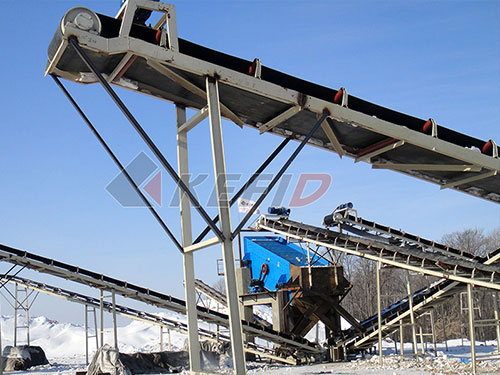
Qatar’s development story is intrinsically linked to hard materials:
1. Limestone Dominance: Vast limestone quarries feed the nation’s booming construction sector – producing aggregates for concrete, asphalt bases, and road building.
2. Infrastructure & Mega-Projects: From Lusail City to Hamad Port expansions and ongoing metro developments, massive projects demand millions of tons of processed stone.
3. Industrial Growth: Cement plants require consistent feed of precisely sized raw materials.
4. Recycling Initiatives: Increasing focus on C&D waste recycling creates demand for crushers processing demolition debris.
In all these scenarios, jaw crushers are often the indispensable first step in size reduction:
Primary Crushing Power: Their robust design efficiently handles large feed material directly from quarries or demolition sites.
Reliability & Simplicity: Essential for operations facing harsh desert conditions (heat, dust) where downtime is costly.
Versatility: Capable of processing hard rock (limestone), concrete rubble, and other demolition materials.
Navigating the Qatari Market: Manufacturers & Considerations
Supplying jaw crushers into Qatar isn’t simply about shipping equipment; it requires deep understanding of local needs:
1. Global Giants with Local Presence: Leading international manufacturers maintain strong footholds through distributors or direct offices:
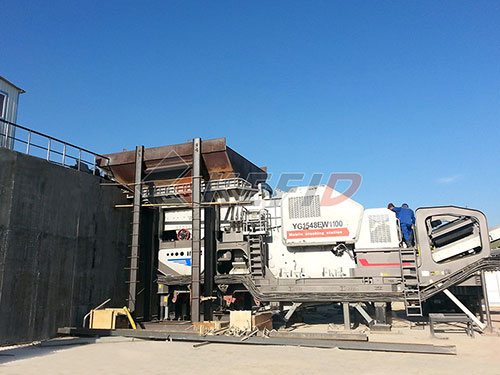
Sandvik Mining and Rock Technology: Renowned for high-performance mobile and stationary jaw crushers like the QJ/UJ series (mobile) and CJ series (stationary), emphasizing uptime and advanced automation.
Metso Outotec (Now Metso): Offers the Nordberg® C Series™ jaw crushers known for reliability and efficiency across demanding quarrying applications.
Terex MPS / Cedarapids: Provides rugged Jaques JW Series jaw crushers popular in heavy-duty quarrying environments.
McClos


